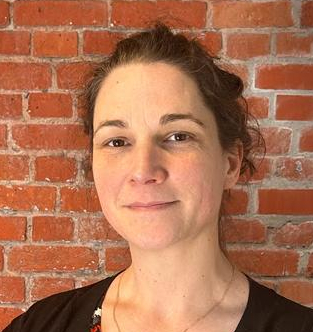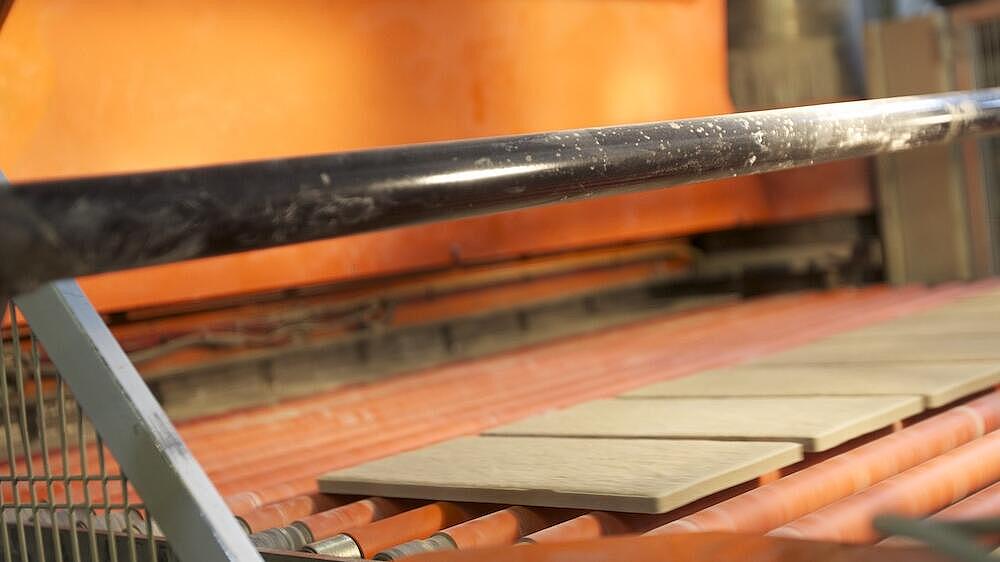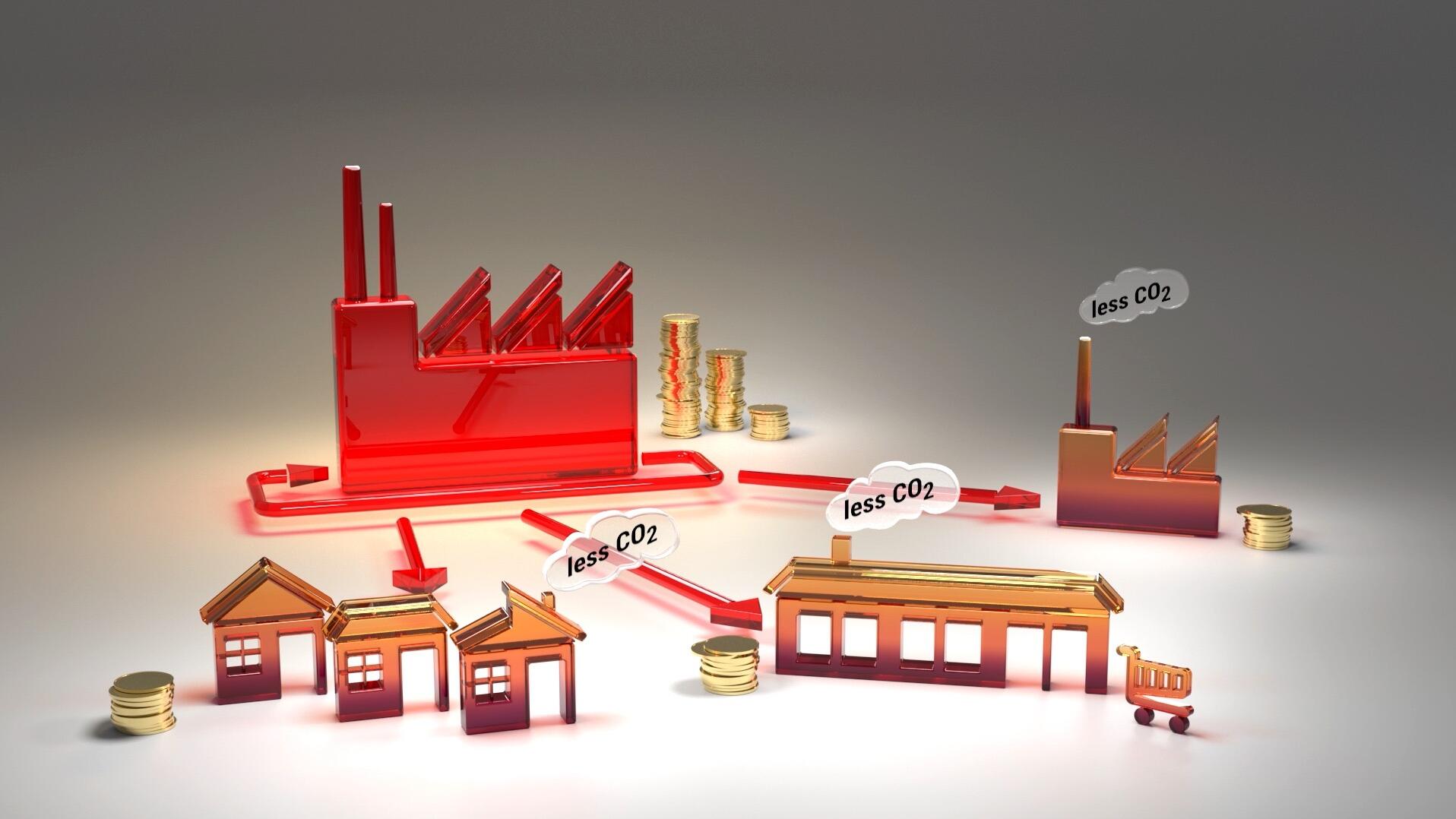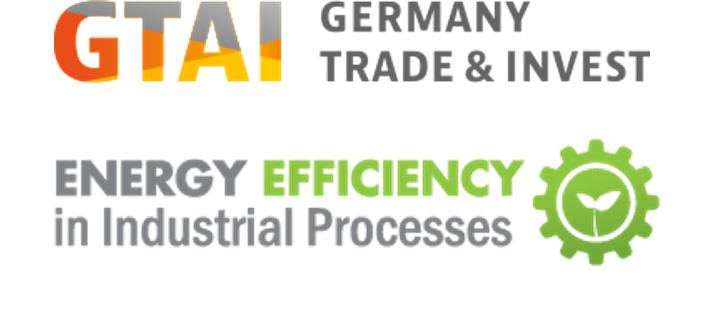 Search Result
Search ResultThe Mechanics of Ceramics: How the Industry Can Decarbonize
Although the world’s industries have tried to transition to more sustainable methods, the annual global extraction of materials has tripled over the last 50 years. In Europe’s ceramics industry has…
Read Full article
Claire Chretien
Claire is running the project office of EEIP with projects covering all areas of the energy transition such as energy efficiency technologies (electrification, heat recovery, energy management), net zero industry, cities and economy (including…
Author detailsRecovering waste heat for a greener Portugal
Meet the European project EMB3Rs, that is finding new ways to recycle industrial waste heat to raise energy efficiency, cut carbon emissions and end fuel poverty in Portugal. Take a trip to Lisbon's…
Read Full articleEnergy Recovery in Metallurgical Industry
The paper describes the recovery of thermal energy from flue gas, combustion gas and waste heat from the process industry as well as in water tubes boiler, shell boilers and steam generators. 5 projects - Norway, Canada, Russia - showcase full engineering projects to upgrade existing plants, executed by Norsk Energi, a leading Norwegian centre of competence in the fields of energy, environment and…
Read Full Business PracticeORC Technology in Waste to Energy Solutions
Turboden shows its ORC technology which can be profitably and efficiently used to produce electric using energy from waste to energy recovery processes which include steam or water from incinerator boiler, municipal solid waste gasification, landfill engines exhaust gas, primary heat conversion system. The power of Turboden turbogenerators in this application ranges from 200 kW to 20 MW electric.
Read Full Business Practice5 energy sources you have never thought of
Every day, surplus heat is released into the environment, contributing to global warming and wasting chances of clean energy generation. Opportunities to recover and reuse it can be found in places…
Read Full articleEMB3Rs code and modules released at GitHub
The next step has been taken in the heat and cold matching platform project EMB3Rs : the code of the integrated platform and of its modules is now available at GitHub , a provider of internet hosting…
Read Full articleOn the road to making ceramic production greener
Up until now, ceramic production has had a pretty bad reputation when it comes to environmental issues. But that’s starting to change. Gabriele Frignani is responsible for applied research at SACMI…
Read Full articlewebinar: Enter the German market for industrial energy efficiency
Enter the German market for industrial energy efficiency (webinar) You are a provider of a great technology or service that increase energy efficiency in the industrial sector and want to enter the largest European market? In the webinar “Enter the…
DetailsA catalogue of energy efficiency measures for supermarkets
The SUPER-HEERO project, co-funded by the European Commission under Horizon 2020 Programme, aims at providing a replicable financial scheme for energy efficiency investment in small and medium…
Read Full article





